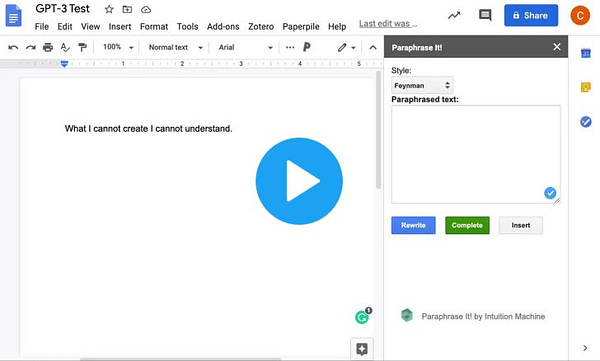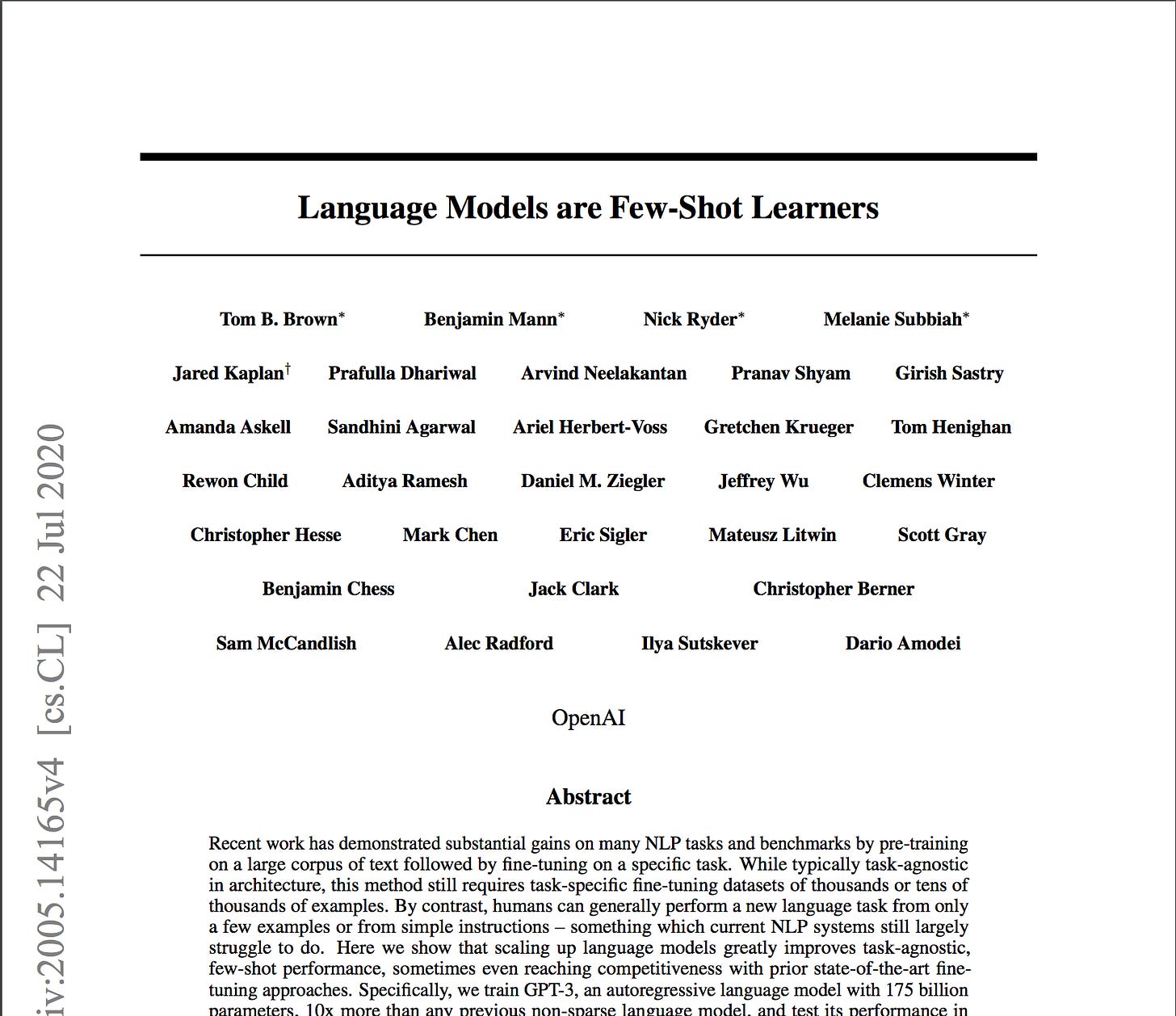Hiyo from Bangkok!
Cooping up in a hotel room for 14 days was quite an experience. I also wrote an extended article on my quarantine shopping experience, When friction enhances user experience.
I have been out of the quarantine for 2 weeks now. It was surreal seeing how people (with masks) crowded a department store in Thailand. On the surface, things seem to go back to normal. However, the shutdown leaves scars. Some businesses close down and will probably never reopen.
With that said, ….
A quick look at GPT-3
OpenAI just released their general-purpose API which the models with weights from the GPT-3 family. You can send any text through the API and it will give you the output text.
I haven't looked into the technology yet. There is a waitlist to test it out. Here are a few things people have tried with it.
A layout generator:


Text completion in different styles


You can see more applications here.
Of course, there are also cases when it doesn't work so well. For example, when applied to a question-answering machine, it can't tell you how many legs a horse has. In this scenario, it seems the model can only give you seemingly-correct answers that are wrong.
My read of GPT-3 so far is that it is a language model. A really good one but it doesn't understand concepts the way humans do. It just predicts which text should be put together based on the training data. If there is no common sense knowledge in that data (e.g., a horse has four legs), it can't magically give you
This doesn't mean GPT-3 is not useful. Even in creative contexts such as writing, you can use the output to inspire new proses. I look forward to playing with the API. For now, a good start is looking at others' experiments and reading the paper. :)
Long lists of contributors
The first thing that jumped out of the GPT-3 papers was the number of authors. Not sure you, but to me, 31 authors is a lot. The highest number of coauthors I have had for a paper is 8 (9 authors total).

These numbers are dwarfed by the record holder of 5,154 authors for a particle Physics paper. It takes 24 pages to list all contributors for 9 pages of content.
I wonder how we weigh individual contribution in this case. A physics professor told me that each contribution is probably not trivial. He recommended watching Particle Fever (2013) - CERN to see why you need that many smart people for a paper in particle physics.
Unfortunately, the most prestigious award doesn't encourage such collaboration. We could have had more Nobel Prize winners, had the Nobel Foundation not limited the number of recipients to three. The 2017 Nobel Prize in physics went to Rainer Weiss, Kip Thorne, and Barry Barish for detecting gravitational waves. However, the three recipients themselves argue that the prize should have recognized the whole scientific collaboration of more than thousands of scientists.
"We live in an era where some huge discoveries are really the result of giant collaborations, with major contributions coming from very large numbers of people," —Kip Thorne, a winner of 2017 Nobel Prize in physics
I might have been more than miffed if I were one of the 1000+ scientists not properly credited. Beyond providing appropriate technological support, we should make sure to set up an incentive structure to encourage large-scale collaboration.
Until next time!


The lack of encouragement for scientific collaboration was insightful and is going to be useful for my next piece. Thank you for sharing these thoughts.